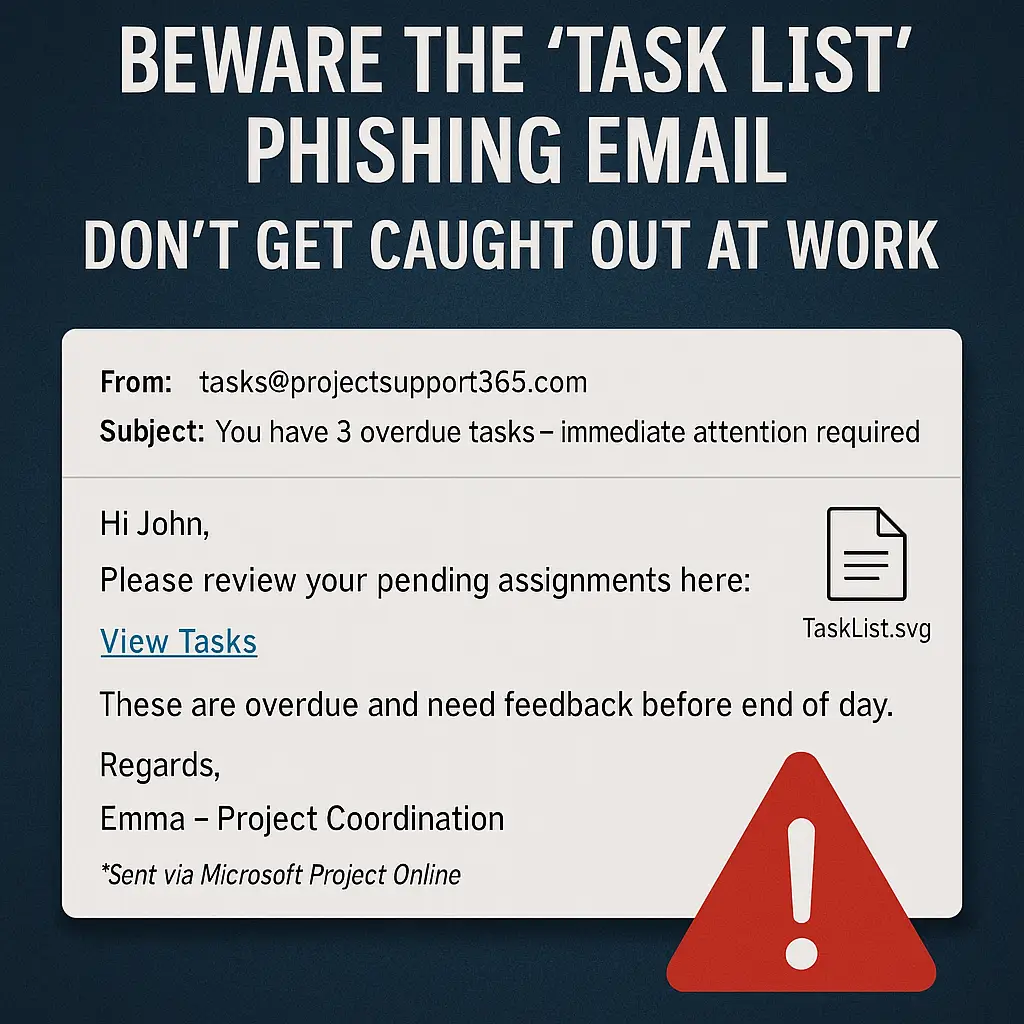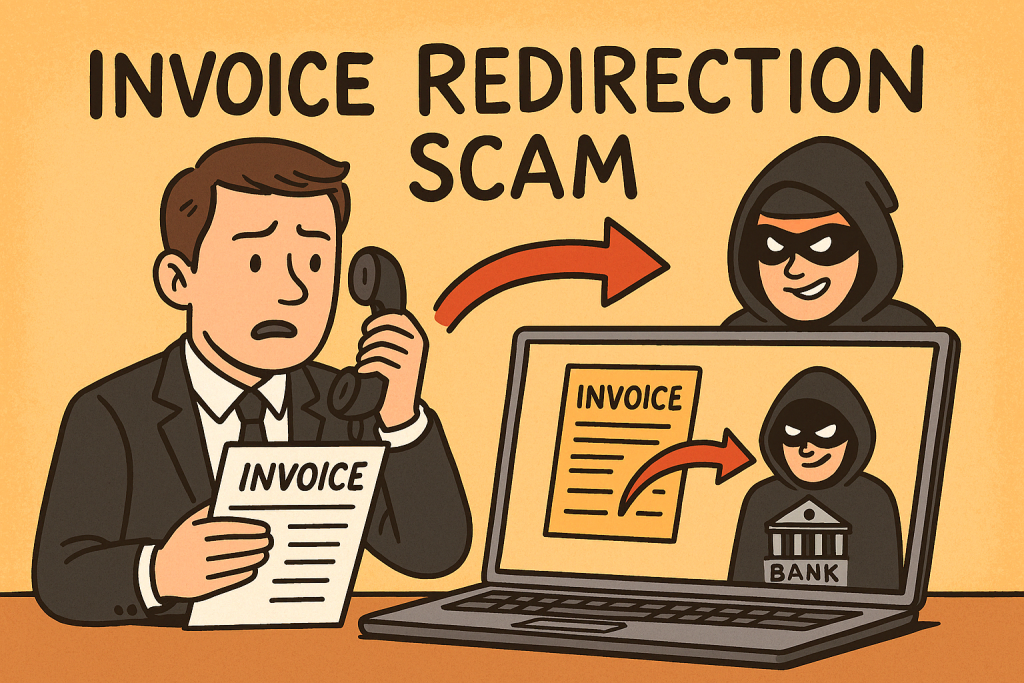Why Third-Party Apps Are a Double-Edged Sword
Most businesses rely on third-party applications every day—whether it’s a CRM system, accounting software, file sharing platform, or communication tool. These apps boost productivity, streamline workflows, and reduce costs.
But there’s a catch. Every third-party application you install introduces a new potential entry point for cybercriminals. If it isn’t kept up to date, that entry point can quickly become a serious security risk.
The Hidden Dangers of Outdated Third-Party Apps
Cybercriminals know that many businesses delay updates because of compatibility concerns or disruption fears. That hesitation is exactly what attackers exploit.
Outdated apps can:
- Contain unpatched vulnerabilities that allow attackers to gain unauthorised access.
- Cause compatibility issues with newer operating systems or other software.
- Lead to data breaches, exposing sensitive information such as customer records, payment details, or employee data.
Think of it like leaving the back door of your office unlocked. Even if the front entrance is secure, a determined intruder will find the weak spot.
Real-World Examples
- The Equifax breach in 2017, affecting over 145 million people, was caused by an unpatched third-party component.
- In 2021, the Kaseya ransomware attack exploited a vulnerability in IT management software, impacting businesses worldwide.
Both cases underline the same lesson: failing to upgrade third-party apps can have catastrophic financial and reputational consequences.
Compliance and Data Protection Considerations
For companies handling customer or employee data, keeping third-party apps updated isn’t just best practice—it’s often a compliance requirement.
- GDPR obliges businesses to protect personal data. Running outdated software can be considered a failure in due diligence.
- Industry standards like ISO 27001 or PCI DSS demand ongoing patch management.
Neglecting updates could put your business at risk of non-compliance, fines, or legal action.
How Businesses Can Manage Updates Effectively
Many organisations struggle to stay on top of updates, especially when using dozens of different third-party apps. The key is to adopt a structured patch management strategy:
- Inventory all applications – Know exactly what third-party apps your business relies on.
- Prioritise critical updates – Security patches should take precedence over feature enhancements.
- Test updates before rollout – Avoid downtime by testing compatibility in a controlled environment.
- Automate where possible – Use tools to streamline patch deployment across devices.
- Monitor continuously – Keep an eye out for vendor advisories and zero-day vulnerabilities.
How Managed IT Services Can Help
Managing updates across multiple apps can overwhelm internal IT teams, especially in small to medium-sized businesses. This is where a trusted Managed Service Provider (MSP) steps in.
An MSP can:
- Monitor third-party applications for new updates and vulnerabilities.
- Test and deploy patches safely to minimise downtime.
- Provide 24/7 oversight to detect potential security threats.
- Ensure compliance with data protection regulations.
How CK Computer Solutions Can Help
At CK Computer Solutions – Managed IT Services Dublin, we take the stress out of third-party application management.
Our team can:
- Audit your current software to identify risks.
- Implement a structured patch management system.
- Roll out updates efficiently with minimal disruption to your business.
- Monitor applications continuously to keep your systems secure.
By partnering with CK Computer Solutions, you can reduce security risks, maintain compliance, and focus on running your business—while we make sure your third-party apps stay updated and protected.



